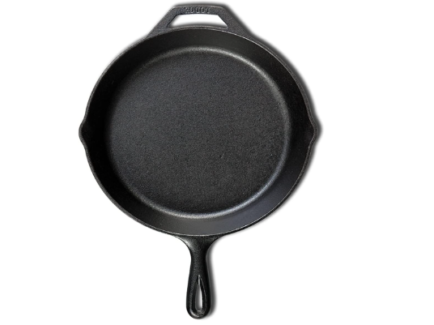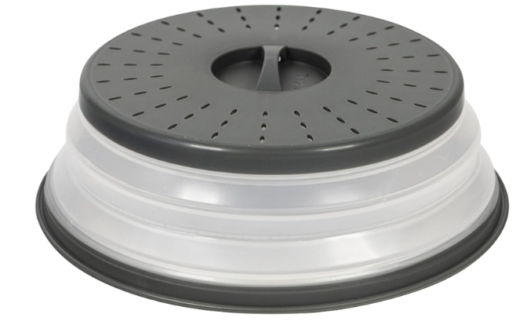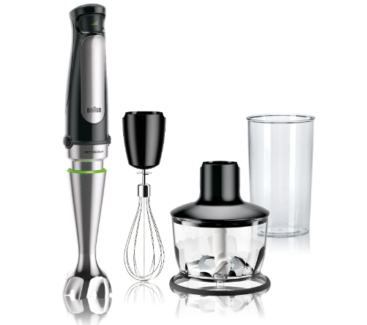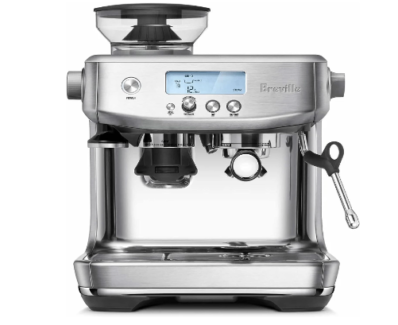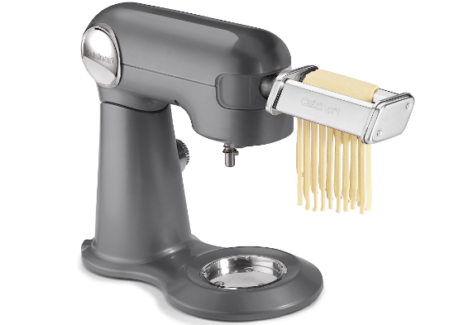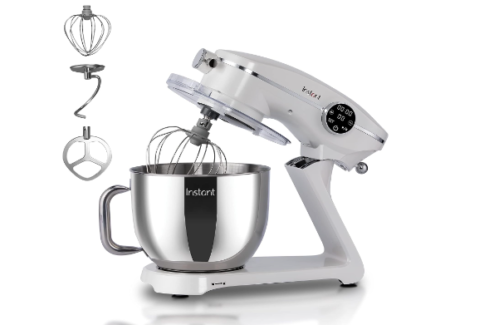Here are several bread-making tips that will help you understand the difference between your own homemade bread and the loaves you find at the store. If you want to bake homemade bread successfully, you have to understand that there are different available types. You need to know how each one appears and follow the guidelines that will lead to the best quality, flavor, and texture. Homemade bread has been created by families for hundreds of years. Here’s your chance to finally whip out your own recipe.
About Industrial Bread
The difference between homemade bread recipes and commercial ones is that commercialized bread is made to have uniform substance and texture, to be produced on a massive scale and to have just enough shelf-life for you to keep returning to the grocery. Excessive amounts of yeast help produce a lot of bubbles inside the bread, which leads to the light texture of the bread. Lower quality grains are also used and can lack essential nutrients. The main goal of commercial bread is to be produced as cheaply as possible to earn the highest profit.
Preservatives may also be used to help boost shelf life, which reduces manufacturing costs. Some of the ingredients you need to be cautious about include high fructose corn syrup, calcium dioxide, datem, ethoxylated mono and diglycerides, dicalcium phosphate, sodium stearoyl lactylate, calcium propionate, soy lecithin, ammonium chloride, and ammonium sulfate.
Advantages of Being Homemade
Homemade bread has the advantage of containing high-quality ingredients, better flavor, taste and texture, and longer shelf life. You put the right materials into the mix to ultimately create the best-tasting bread. Some of the things you need to know are that different flours function differently. If you try to make whole wheat bread or rye bread, the flour will have different properties. Add the flour slowly into the bowl until it barely sticks to your hands. Whole wheat flour will need one-half cup less flour compared to white flour.
When making Italian bread, substitute garlic salt for salt. Add the Italian seasonings like rosemary and oregano before you begin to stir. Double the recipe to make two loaves of bread instead of just one. You get to save more time and effort too. Try to experiment with different ingredients. You may want to work on pizza dough and cinnamon rolls later on.
Bread Making Tips For Shopping for Ingredients
When making your homemade bread, you can shop for your ingredients in different places to get only the best quality. You can search the Internet and have some materials and ingredients shipped right to your doorstep. You can even have starters sent directly to you. You should also visit different groceries and supermarkets and look at the difference between the loaves of bread. Try to determine the special ingredients that bakers add to get the appearance, flavor, and texture you want.
Feel free to add condiments and other sweeteners to make special kinds of homemade bread. Sometimes, it will also require some more techniques to get the right crust and make toast bread. Depending on the kind of bread you want, you will have to employ different techniques and tools. Homemade bread is convenient, easy, and cheap, so enjoy the experience and you will learn every step of the way.
Sharing is caring!
Related Posts
Why Trust Us
You will find what you are looking for at Jody's Bakery. From classic to luxury brands, you'll find both. We will help you to select appliances that fit your needs, budget and lifestyle. Whether you want to stop by to learn more — or plan to make a major purchase — we’ll treat you like family and assist you every step of the way. Shop with us today to receive friendly and experienced help along the way.






